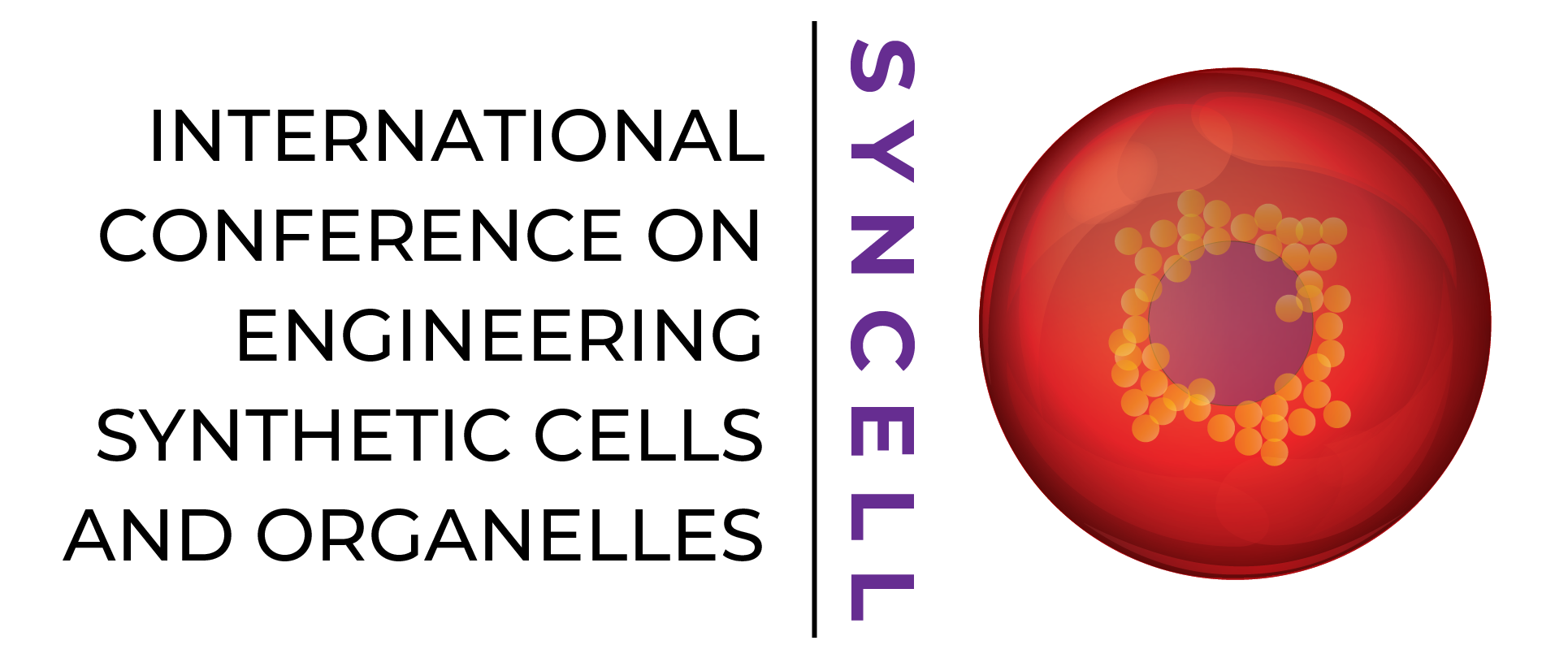
Microfluidic approaches towards reconstitution of synthetic cells motility
Presented by: Ilia Platzman
Max Planck Institute for Medical Research
Contributed Talk
Abstract
ILIA PLATZMAN
Title: Microfluidic Approaches Towards Reconstitution of Synthetic Cells Motility
Ilia Platzman, Barbara Haller and Joachim P. Spatz
Department of Cellular Biophysics, Max Planck Institute for Medical Research, Jahnstraße 29 and department of Biophysical Chemistry, University of Heidelberg, Im Neuenheimer Feld 253, 69120 Heidelberg, Germany
Keywords: Bottom-up synthetic biology, microfluidics, synthetic cells, actin, giant unilamellar vesicles.
Cellular motility is involved in nearly every cellular response in vivo. These responses, in turn, affect nearly all facets of cell’s life, including, but not limited to, adhesion, migration, cell proliferation and differentiation. Although attaining a fundamental characterization of these cellular functions is a compelling goal, the extensive complexity of these processes has hindered a full understanding. Therefore, the central goal of our interdisciplinary research is the development of bio-inspired “synthetic cell” model systems, which could serve as platforms for assembling of specific sets of minimal bioactive components and testing their functional role in initiating a signaling response.
In this lecture, I will describe our modular engineering approaches based on an automated high-throughput droplet-based microfluidic technology for the reconstitution of eukaryotic architecture and motility. Specifically, I will focus on the capacities of this technology in the bottom-up assembly of cell-like compartments with a well-defined chemical and biophysical microenvironment.1-3 The enhanced stability enabled the sequential loading of such compartments with lipids, transmembrane proteins and cytoskeleton proteins without compromising their functionality as synthetic cells. Moreover, I will show that the developed synthetic cells are capable of self-assemble different cytoskeletal, transmembrane and motor proteins, and, as a consequence, generate cellular functions such as adhesion, migration and self-propelling.
1. Gopfrich, K.; Platzman, I.; Spatz, J. P., Mastering Complexity: Towards Bottom-up Construction of Multifunctional Eukaryotic Synthetic Cells. Trends in biotechnology 2018.
2. Haller, B.; Gopfrich, K.; Schroter, M.; Janiesch, J. W.; Platzman, I.; Spatz, J. P., Charge-controlled microfluidic formation of lipid-based single- and multicompartment systems. Lab on a Chip 2018, 18 (17), 2665-2674.
3. Weiss, M.; Frohnmayer, J. P.; Benk, L. T.; Haller, B.; Janiesch, J. W.; Heitkamp, T.; Borsch, M.; Lira, R. B.; Dimova, R.; Lipowsky, R.; Bodenschatz, E.; Baret, J. C.; Vidakovic-Koch, T.; Sundmacher, K.; Platzman, I.; Spatz, J. P., Sequential bottom-up assembly of mechanically stabilized synthetic cells by microfluidics. Nature Materials 2018, 17 (1), 89-96.
Watch Now
Premiering May 17, 2021
Check back soon for video link
